What IS ANCAP: 5 Star safety explained
For over 20 years, ANCAP (Australasian New Car Assessment Programme) has been testing new cars for safety and crash performance. ANCAP, and its European counterpart, EuroNCAP, now have identical requirements therefore can share results. That means Australian cars and European cars are judged against the same criteria.
Each year, new cars are tested, or in some cases retested, as safety features become more widely available and datestamps updated.
Testing is assessed against 4 “pillars”: Adult Occupant Protection, Child Occupant Protection, Vulnerable Road User Protection, Safety Assist. The ANCAP website details
To achieve a 5 star rating across the range of a particular model, the base model has to be as safe as the top model.
Date Stamp:
All crash tests are now date stamped. Buyers are able to assess their needs by comparing against the criteria for that year. The ANCAP website lists all ratings listed in a searchable matrix.
Significantly,91% of fleet buyers have a selection policy. Many require a 5 star rating that is no older than 3 years. Vehicles with ratings older than 3 years would not be in consideration.
OH&S deem the car a work place, therefore becomes part of the employers duty of care.
This applies not just to truck drivers and couriers, but professionals such as doctors and nurses and sales reps who travel from job to job. In fact anyone who drives as part of their employment would fall in to this category.
Ratings will now be valid for 6 years only, after which they would then be eligible for retesting to current year protocols.
The average age of a vehicle on Australian roads is 10 years. Any of those not retested would not have a current rating.
Crash Tests:
The current crash test awareness campaign running on commercial TV shows 2 Toyota Corollas hurtling towards each other. One is 20 years old, and the other is a 2015 model.
The 20 year old car is demolished. All occupants would have suffered catastrophic injuries and are unlikely to have survived.
The 2015 car was a different story. It too was a write off, but all occupants would probably have been able to walk away. Airbags deployed, and the passenger cell remained intact.
That ad was created in the Crashlab, but similar results can happen during testing.
A recent test award just 1 Star to Jeep Wrangler. It performed particularly badly in crash tests where the floor was ripped apart. The cabin was so badly compromised that occupants would have been unlikely to survive.

Crash tests mimic real-life situations in a way that is repeatable. Every vehicle tested is rated in an identical way.
Each assessment costs $490,000 plus 5 cars. That’s an expensive exercise if the vehicles are luxury Rolls Royces at a million each.
Tests include: full front, offset front, side impact, oblique pole, and pedestrian impact. Whiplashtests are conducted separately using a seat on a rig.
Other tests:
Further criteria include:- automated emergency braking (AEB), lane support systems such as like keep assist and lane departure warning, and speed assistance such as traffic sign recognition.
In 2018, AEB-city was moved to the Adult Protection pillar, meaning it is now required to achieve a 5 star rating. In other words, the absence of low speed AEB would mean the best the vehicle could expect is 4 stars. Fleet buyers would not be able to select that vehicle which would be disastrous for that model.
Fleet buyers make up 52% of the market and include government, rental and business. Private buyers have become ever more savvy too, and increasingly demand the best safety available.
Of the 239 models on sale, only 70 are 5 star with the latest date stamp. Significantly, only 1 van has this stamp. There are no people movers with current 5 star datestamps.
91% of business has a vehicle selection policy. 5 Star ratings are now extending to “grey fleets”. These are private vehicles used for business purposes.

Important consequences:
The need for active steering will mean no car with old fashioned hydraulic steering will be rated at 5 stars if tested from 2020 onwards. A sobering thought for models at the end of their product life.
Australia’s biggest seller, Toyota’s Hilux, does not have these safety features across the range. It would be reasonable to assume AEB and Active Lane Control will be seen in the very near future. Hilux has a 5 star datestamp of 2015 so as it stands, most business would not be able to purchase it.
Hilux is expected to be updated and rerated very soon.
Watch this space.
Conclusion:
Although ANCAP does not dictate vehicle design, it provides information to buyers. Buyers do dictate vehicle design by speaking with their wallets. Buyers have the power.
Private buyers benefit from the power of business purchasing as business demands higher safety standards.
ANCAP changes requirements regularly. 2020 will see changes in the way some of the tests are conducted. Requirements for 5 stars will also be updated. AEB required in reverse, and at “junction and crossing” will be required for 5 stars too, as will Emergency Steering Whiplash protection Rescue extrication, and Safety and Driver Monitoring.
Related Stories:










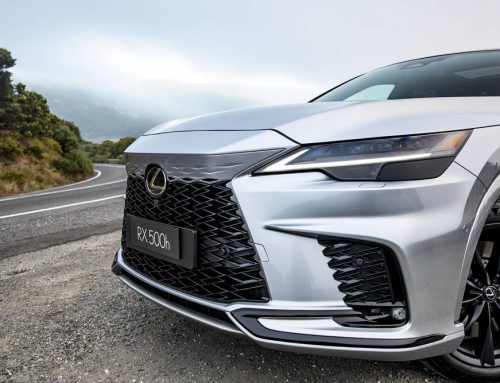
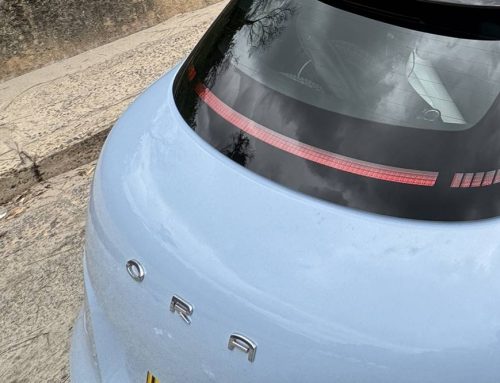


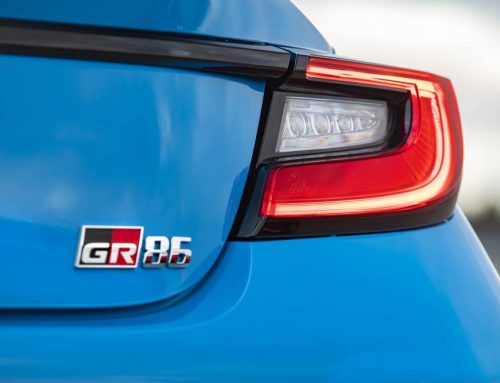
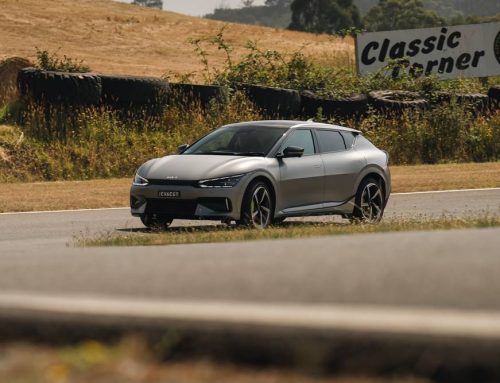
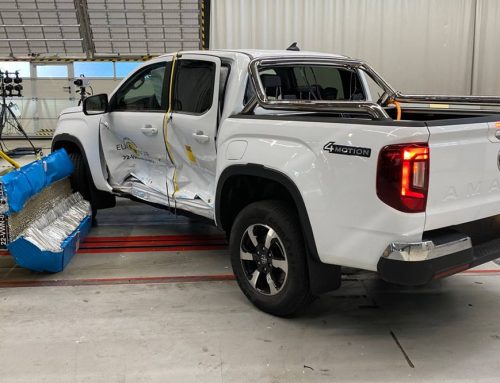

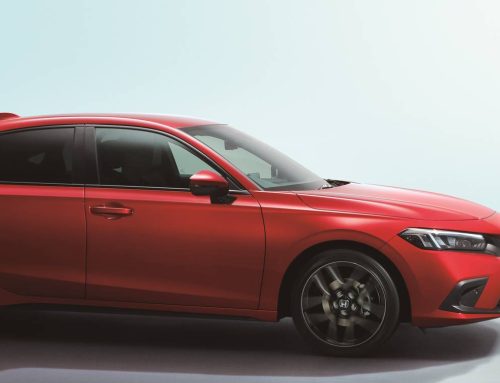

Leave a Reply